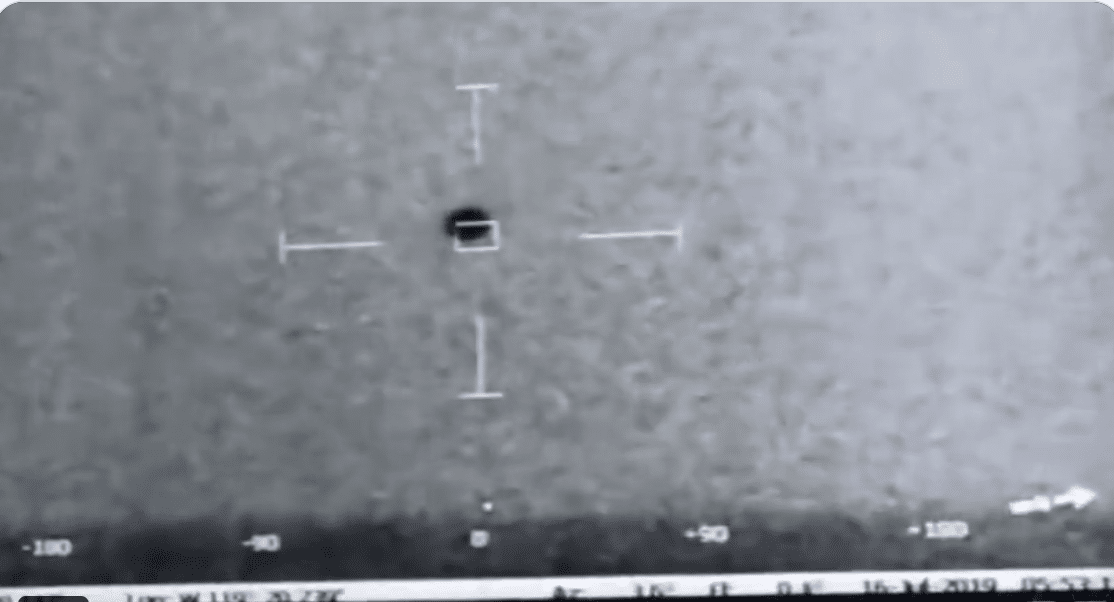The largest, brightest full moon in nearly seven decades will be on display in the coming days, promising Earth-bound sky-watchers a celestial “supermoon” spectacle. The full moon will come nearer to Earth than at any time since 1948, astronomers said. At closest approach, which occurs at 6:23 a.m. EST on Monday, the moon will pass within 216,486 miles (348,400 km) of Earth’s surface, about 22,000 miles (35,400 km) closer than average, they added.
The moon’s distance from Earth varies because it is in an egg-shaped, not circular, orbit around the planet. If skies are clear, the upcoming full moon will appear up to 14 percent bigger and 30 percent brighter than usual, making it what is called a supermoon, according to NASA. READ MORE


















